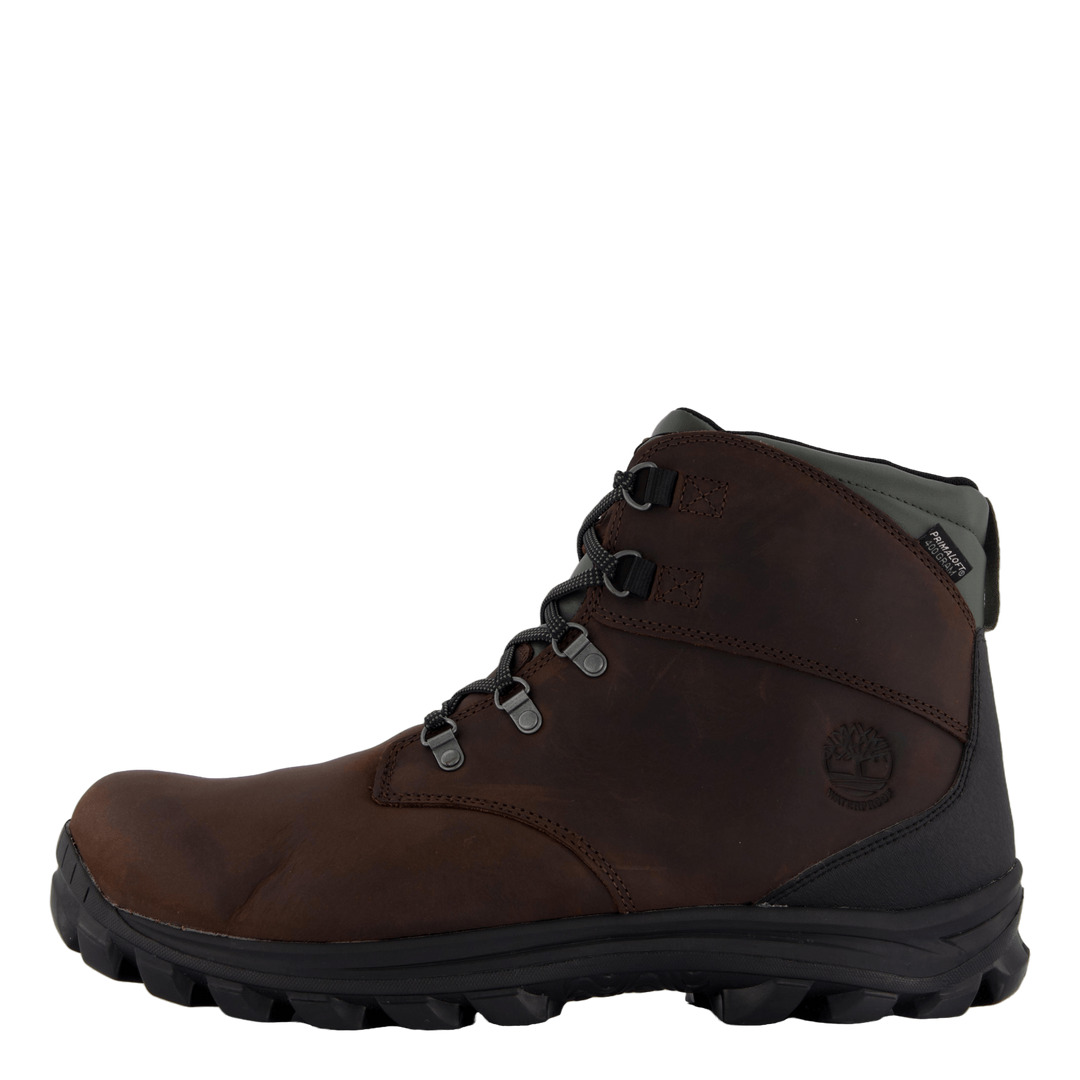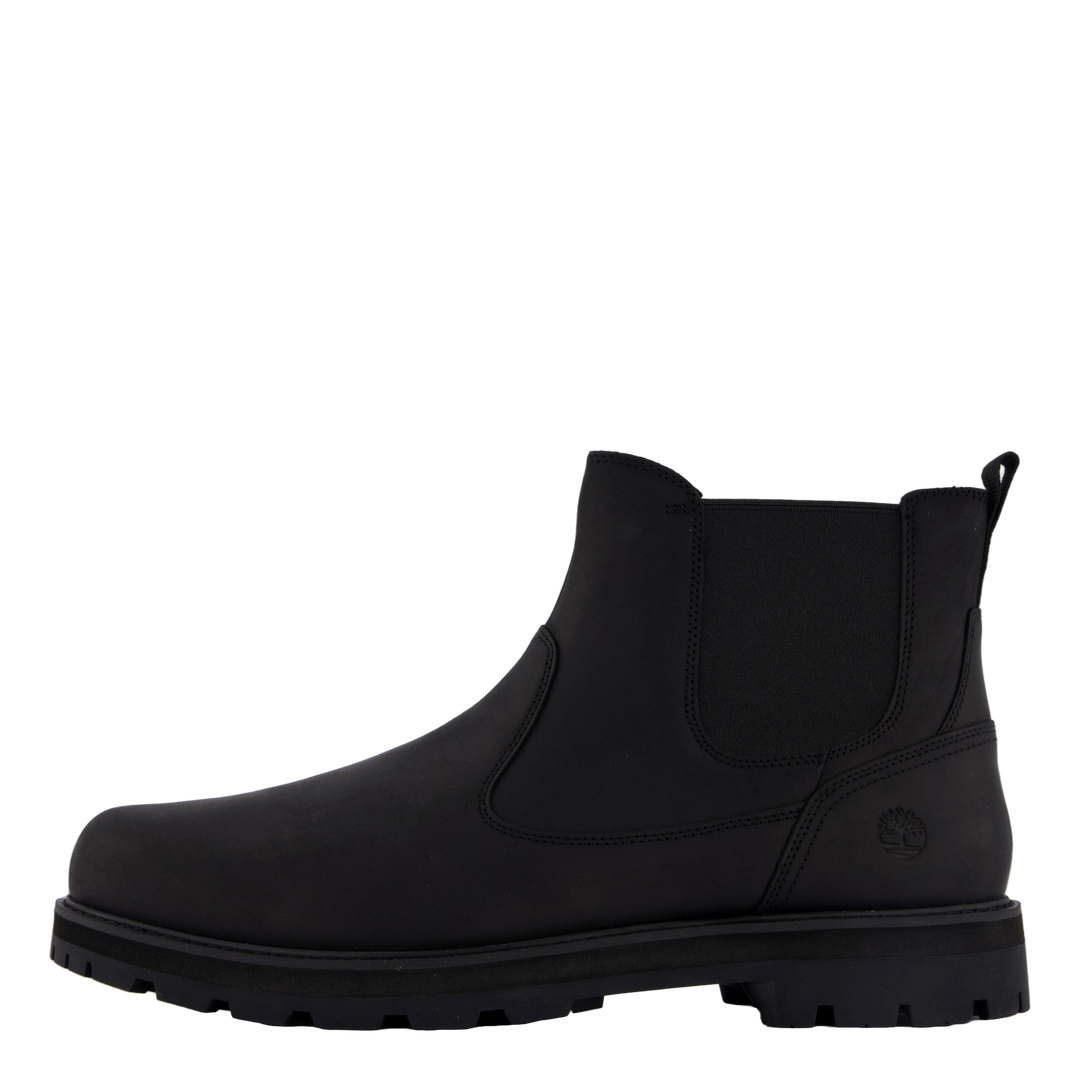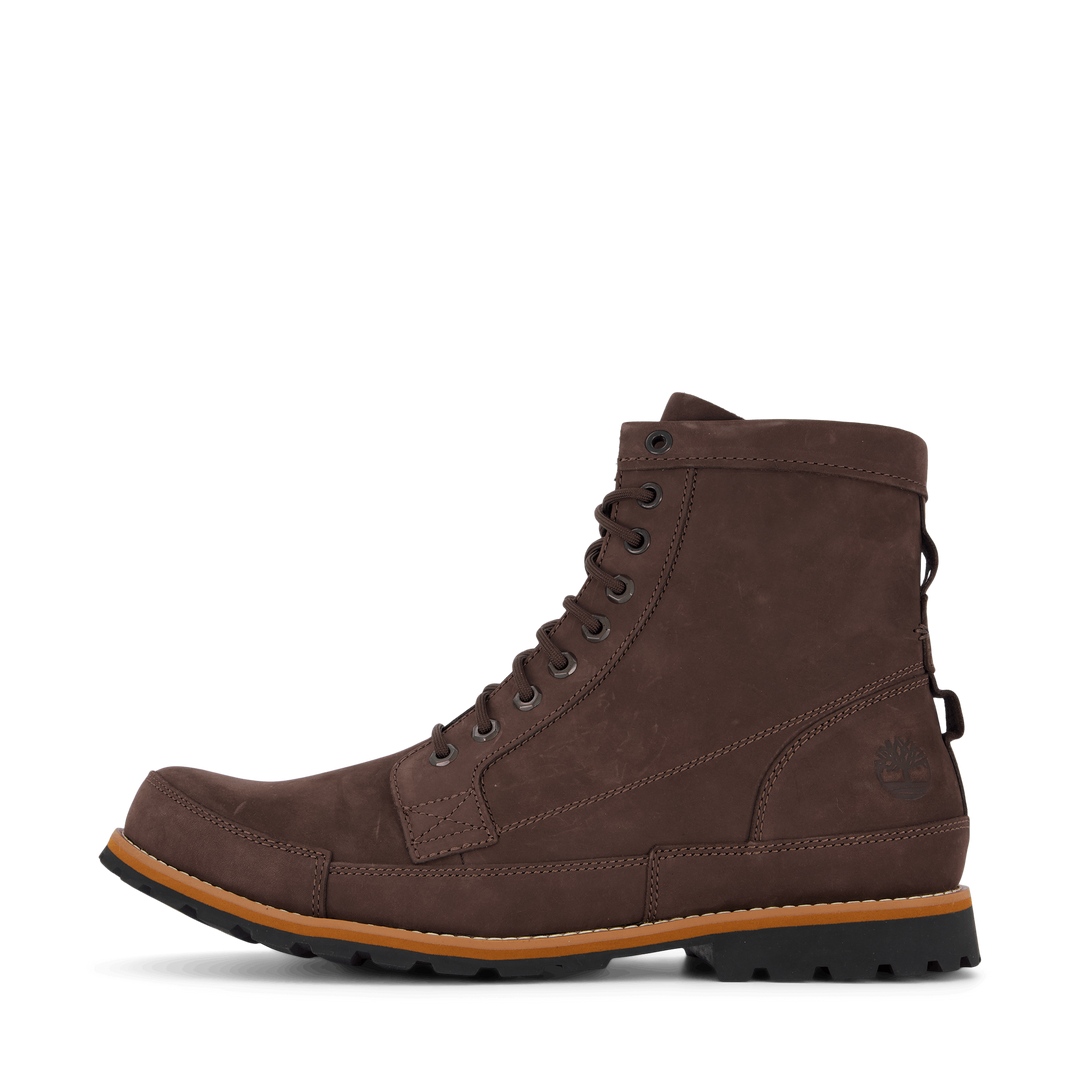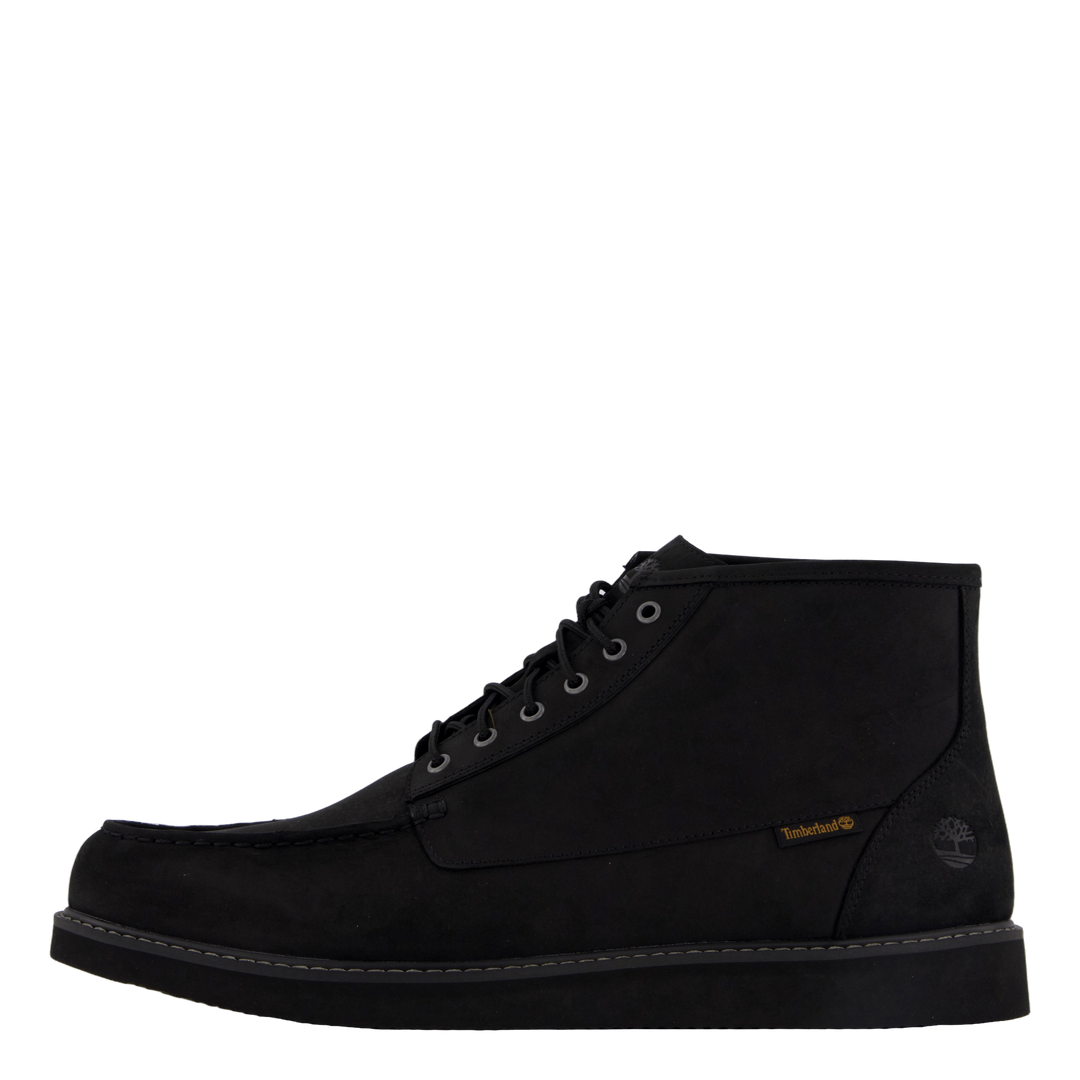AntraštėFind Warm Winter Boots in Large Sizes - Tips and Advice
The Challenge of Finding Warm Winter Boots in Large Sizes
For those of us with large feet, finding warm winter boots that fit can be a real challenge. Many shoe stores have a limited selection in larger sizes, and the available models are not always suitable for winter use. This can lead to having to buy boots that are actually too small or not sufficiently insulated, resulting in cold and uncomfortable feet.
But don't worry - there are solutions! As someone with a shoe size of 49, I have struggled with this problem for many years and have gathered a lot of knowledge and experience along the way. Here, I share my best tips for finding warm winter boots that fit perfectly, regardless of size.
Important Features of Warm Winter Boots
Before we dive into specific boot tips, let's go through some of the most important features to look for when choosing winter boots:
- Insulation: A good winter boot should have proper insulation to keep your feet warm even in sub-zero temperatures. Look for boots with insulating linings like [[brand]]Thinsulate or [[brand]]Primaloft.
- Water Resistance: Snow and slush can quickly make your feet wet and cold. Make sure your winter boots are waterproof or water-resistant to keep moisture out.
- Traction: Slippery winter streets can be treacherous. Choose boots with a sole that provides good traction on snow and ice to avoid slipping accidents.
- Fit: Just like with all shoes, fit is incredibly important. Make sure there is enough room in the toes and that the heel sits securely in place.
Materials to Look For
The choice of materials plays a big role in how warm and comfortable your winter boots will be. Here are some materials to keep an eye out for:
- Leather: Leather is a classic choice for winter boots, thanks to its natural insulating properties and ability to breathe. Make sure the leather is treated to withstand water.
- Nubuck: Nubuck is a type of leather with a brushed surface that gives a suede-like appearance. It is often softer and more flexible than regular leather.
- Synthetic Materials: Boots made of synthetic materials like nylon or polyester can be a good choice for wet conditions, as they are often completely waterproof. Just make sure they are well insulated.
- Rubber: A rubber sole provides excellent traction on slippery surfaces. Many winter boots combine a rubber sole with a leather or synthetic upper for the best combination of style and function.
Regardless of the material you choose, make sure the boots are well lined for extra warmth. Fleece and wool are two popular lining choices that effectively insulate against the cold.
Fit and Size
Finding the right size and fit is especially important when it comes to winter boots, particularly for those of us with large feet. A boot that is too tight will not only be uncomfortable but will also restrict circulation and make it harder to keep warm. At the same time, you don't want too much extra space, as this can lead to chafing and blisters.
My advice is to always try on boots with the socks you plan to wear with them. This way, you get a better idea of the fit. Make sure there is about a centimeter of space between your toe and the tip of the boot, and that you can move your toes without any issues. Feel free to walk around in the boot for a while in the store to ensure it feels comfortable.
If you have extra wide feet, it may be worth looking for boots that come in wider lasts. Many manufacturers offer the same model in different widths, so you don't have to settle for a standard width.
Boot Tips for Warm Feet
In addition to choosing the right boots, there are several things you can do to keep your feet warm during the winter:
- Invest in Good Socks: A pair of thick, insulating socks made of wool or synthetic materials can work wonders for warmth. Avoid cotton, which absorbs moisture and can make your feet cold.
- Use Insoles: Replaceable insoles provide extra insulation and shock absorption. Choose insoles made of wool or fleece for the best warming effect.
- Waterproof Your Boots: Treating leather boots with a waterproofing spray or cream helps keep out moisture and extend the life of the boots.
- Let Your Boots Dry Properly: If your boots get wet, stuff them with newspaper and let them air dry at room temperature overnight. Avoid direct heat, which can damage the material.
Common Mistakes to Avoid
Now that we've gone through what you should do, let's take a look at some common mistakes to avoid when choosing winter boots:
- Choosing Style Over Function: Sure, those boots may look nice, but will they really keep you warm and dry? Always prioritize function when it comes to winter boots.
- Ignoring Boot Care: Regular cleaning and waterproofing significantly extend the life of your boots. Don't neglect maintenance!
- Waiting Too Long to Replace Worn-Out Boots: Even the best winter boots wear out over time. If the soles are worn down or the lining starts to fall apart, it's time to invest in a new pair.
Find Your Perfect Winter Boots
Finding warm, comfortable winter boots in large sizes may feel like an overwhelming task - but it doesn't have to be! By focusing on the right features, materials, and fit, and following our boot tips, I'm confident you can find a pair of boots that keep you warm and happy all winter long.
Remember, you deserve boots that fit perfectly and make your winter days a little easier, regardless of your shoe size. With the right boots on your feet, you can enjoy all the best that winter has to offer without worrying about cold toes. So get out there and find your new favorite winter boots - adventure awaits!







